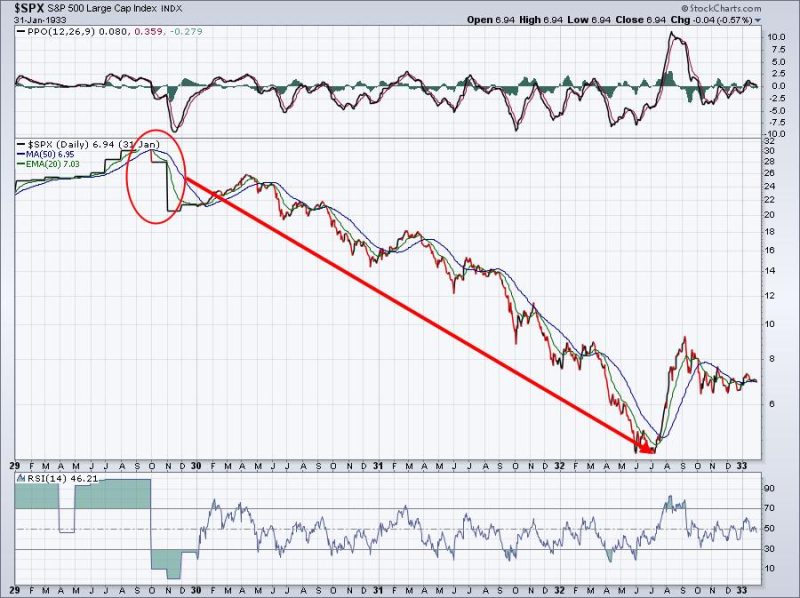A sense of foreboding engulfs U.S. Stocks as the calendar descends into October. Wall Street seems fraught with recollections of crashes in previous years, causing speculation that paints a cautious picture of the financial landscape. As history has shown us, renowned crashes, such as the meltdown of 1929 and the plunge in 1987, have transpired in October, earning it the moniker ‘The October Effect.’ So, could such a crash recur in 2021?
Stock market volatility, although an integral part of the financial world, has consequences that are far-reaching, influencing not only large corporations but also individual investors and the global economy. Wall Street veterans are paying homage to past crashes by likening the current market conditions to what the world saw before the 1929 and 1987 crashes. The incredibly high valuations, coupled with a surge of inexperienced investors, echo the days leading up to the market collapses of yesteryears. But, it is important to remember that history does not necessarily need to repeat itself; although eerie similarities exist, markets are affected by a multitude of factors, with history being merely one amongst them.
We can use indicators such as Shiller’s CAPE ratio to help gauge the possibility of a crash. This ratio represents a price earnings ratio based on average inflation-adjusted earnings from the previous ten years, meant to provide a longer-term perspective. Currently, the CAPE ratio is at its highest point since the dot-com bubble, suggesting that stock market valuations are stretched. It is notable, though, that a high CAPE ratio does not always foreshadow a crash.
There is also an increase of ‘newbie’ investors, adding an element of unpredictability to the markets. They are perceived to be more reckless, lacking in patience and long-term vision as compared to seasoned investors. Data suggest that the volume of such investors has grown substantially in 2021, reminiscent of the influx of first-time investors before the Great Depression. This influx of new investors, along with other factors, could increase market volatility leading to significant fluctuations.
One cannot ignore the role the Federal Reserve plays in the health and stability of the markets. The Fed has repeatedly assured of its continued support by maintaining low-interest rates and purchasing bonds to encourage borrowing and investing, which in turn helps stimulate the economy. However, there are increasing concerns over potential tightening of policies by the Fed, which could lead to investors reviewing their risk tolerance levels, thereby driving a market correction.
As the world grapples with the pandemic, the Delta variant brings further uncertainty into the delicate balance of Wall Street. The potential ramifications of yet another bout of COVID-19 could lead to significant economic disruptions, affecting the stock market negatively. Yet, firms have developed resilience in the face of volatility, demonstrating adaptability and an ability to survive external shocks.
In conclusion, while October historically carries the reputation for financial disasters, the U.S. Stocks Crash is not an inevitability. A combination of factors like high valuations, an influx of inexperienced investors, the Federal Reserve’s policy, and the uncharted territory of a global pandemic all muddy the waters, rendering predictions challenging. Nevertheless, investors should remain alert, paying heed to indicators and historical trends to navigate these potential hazards skilfully.
